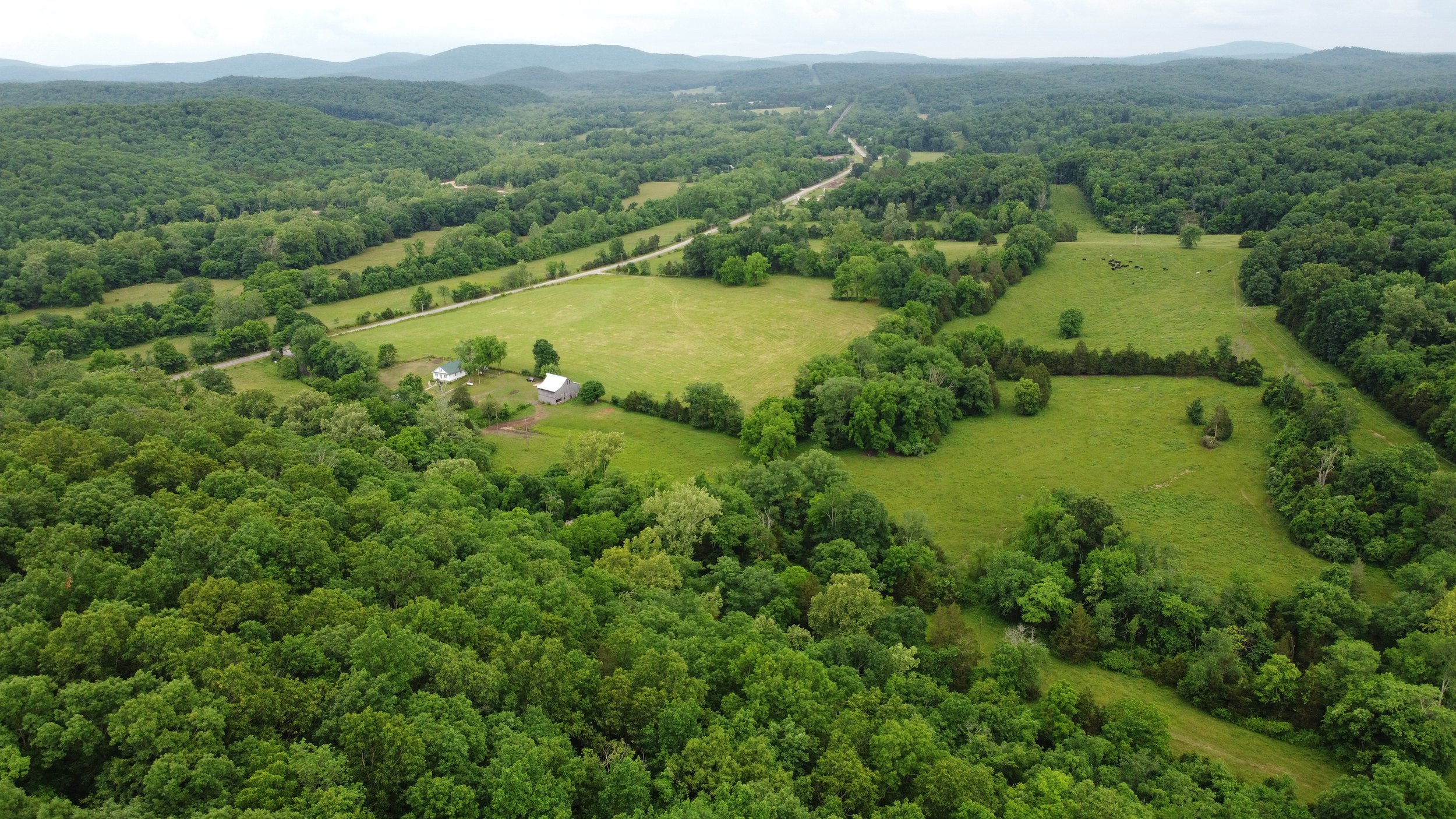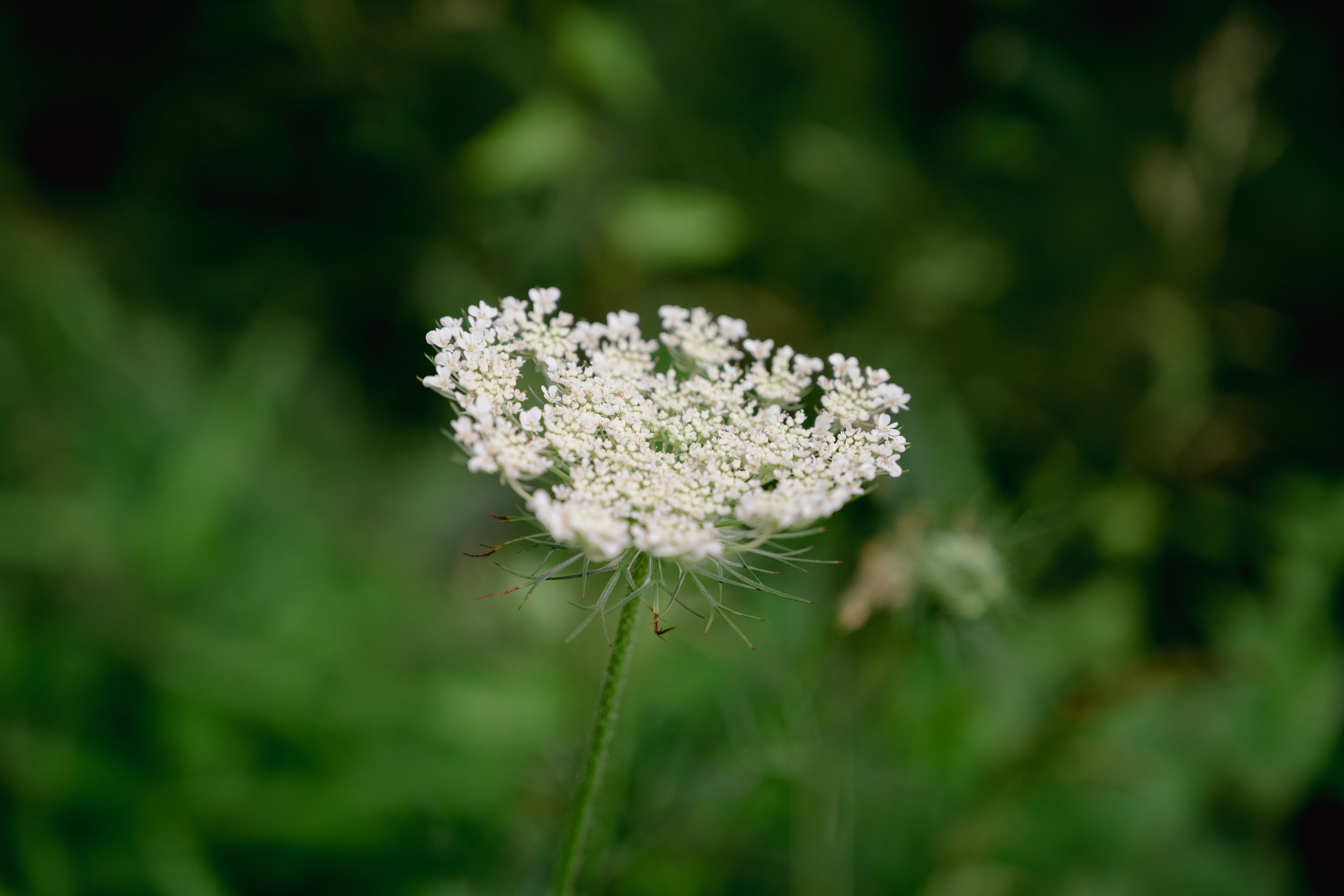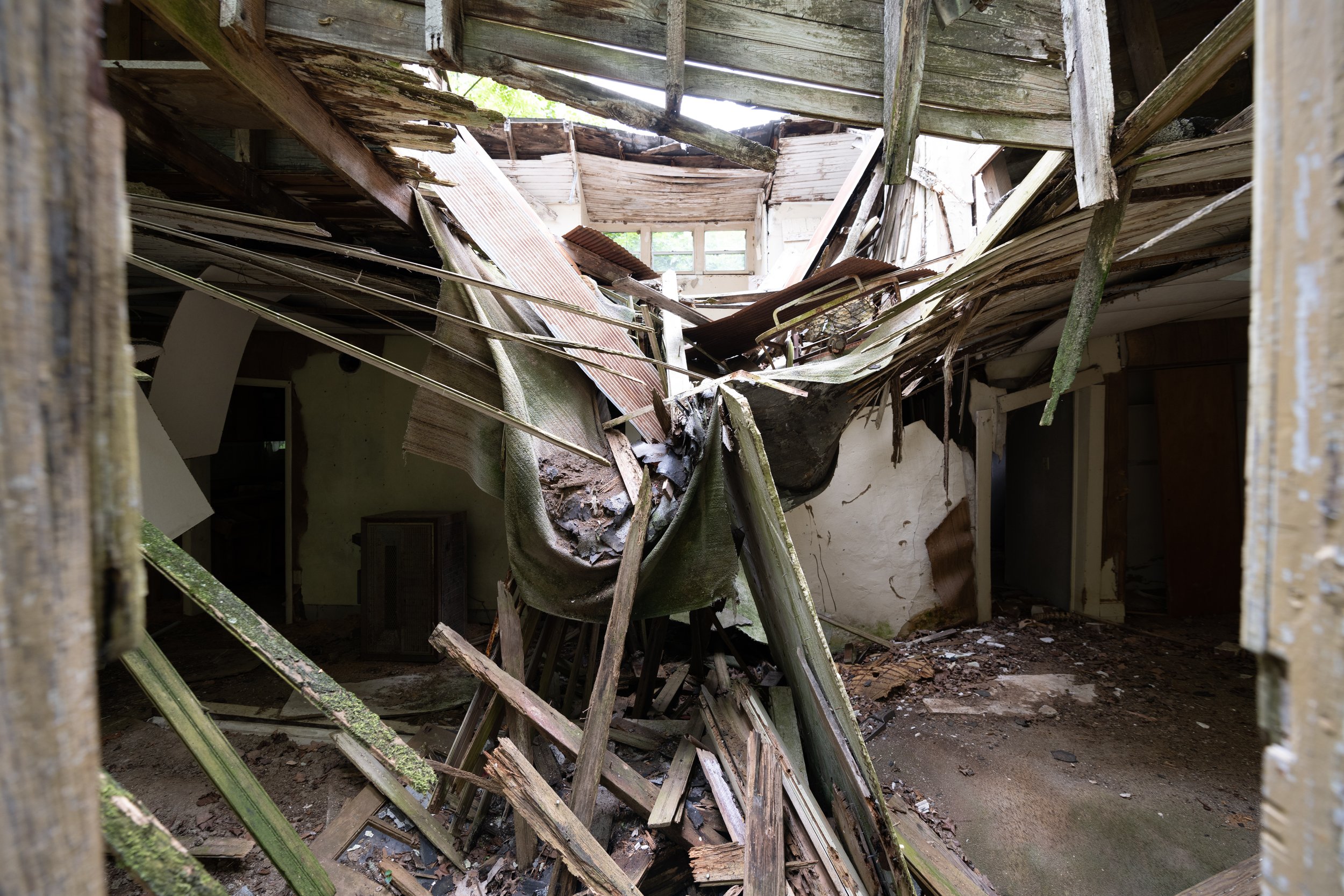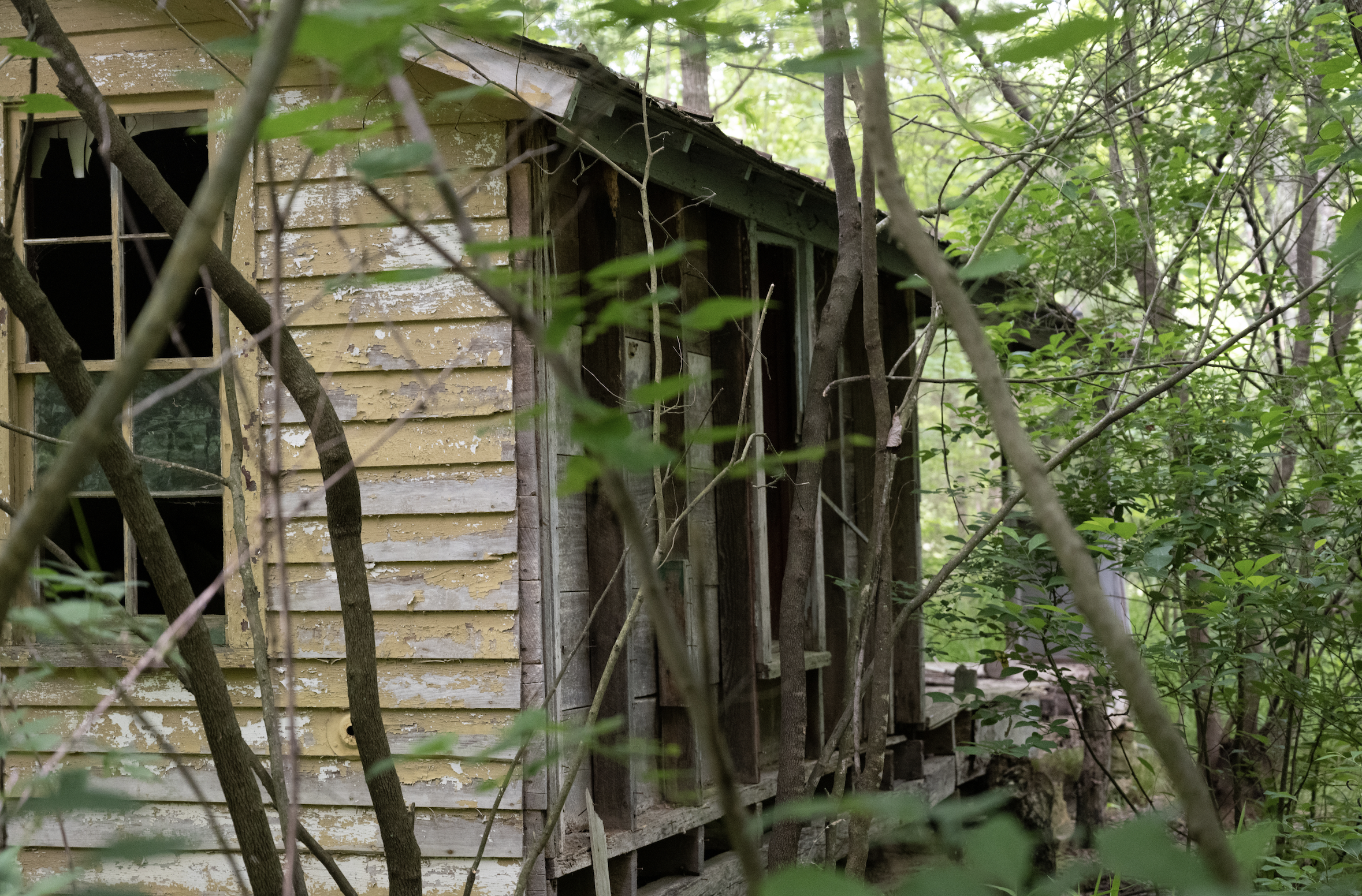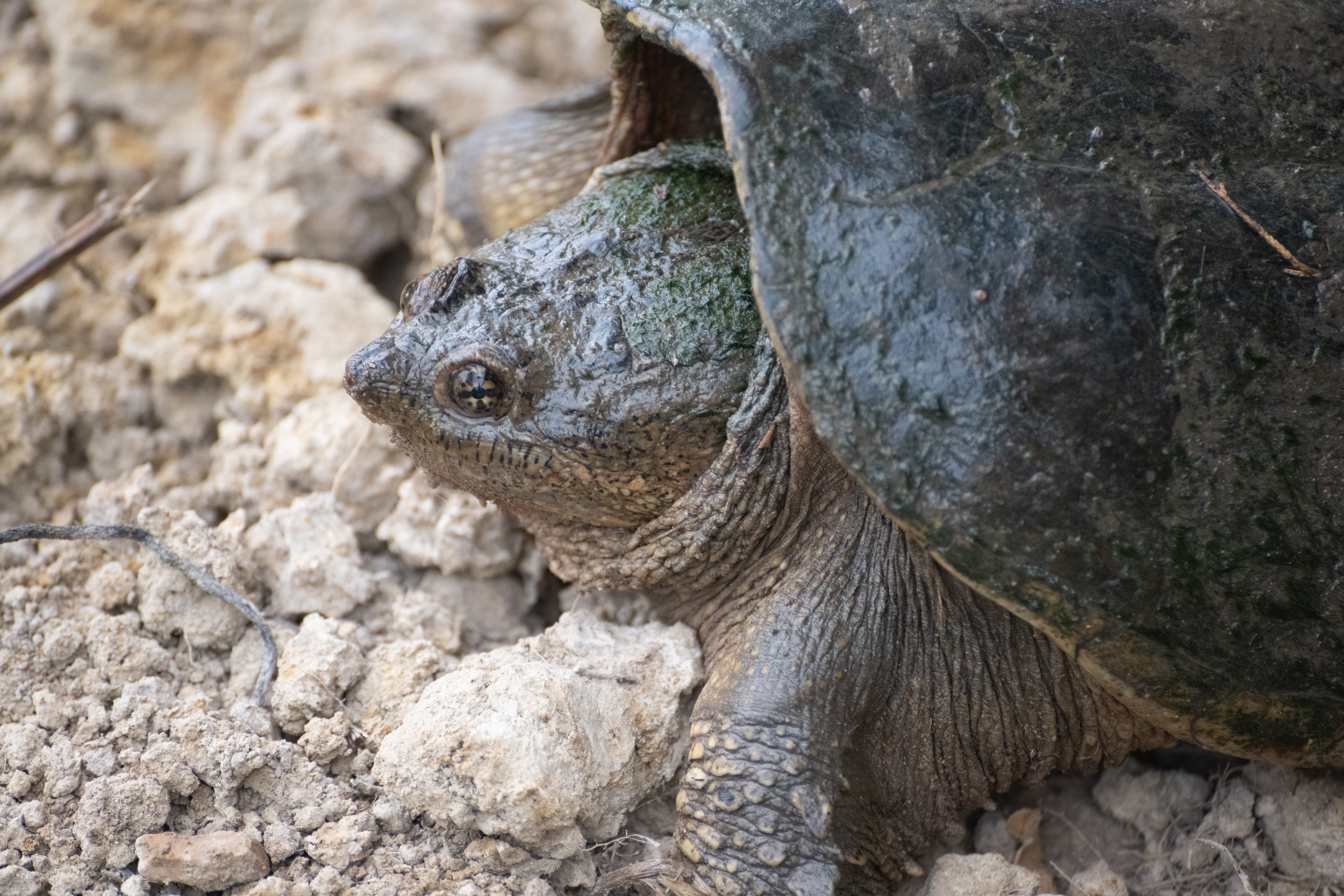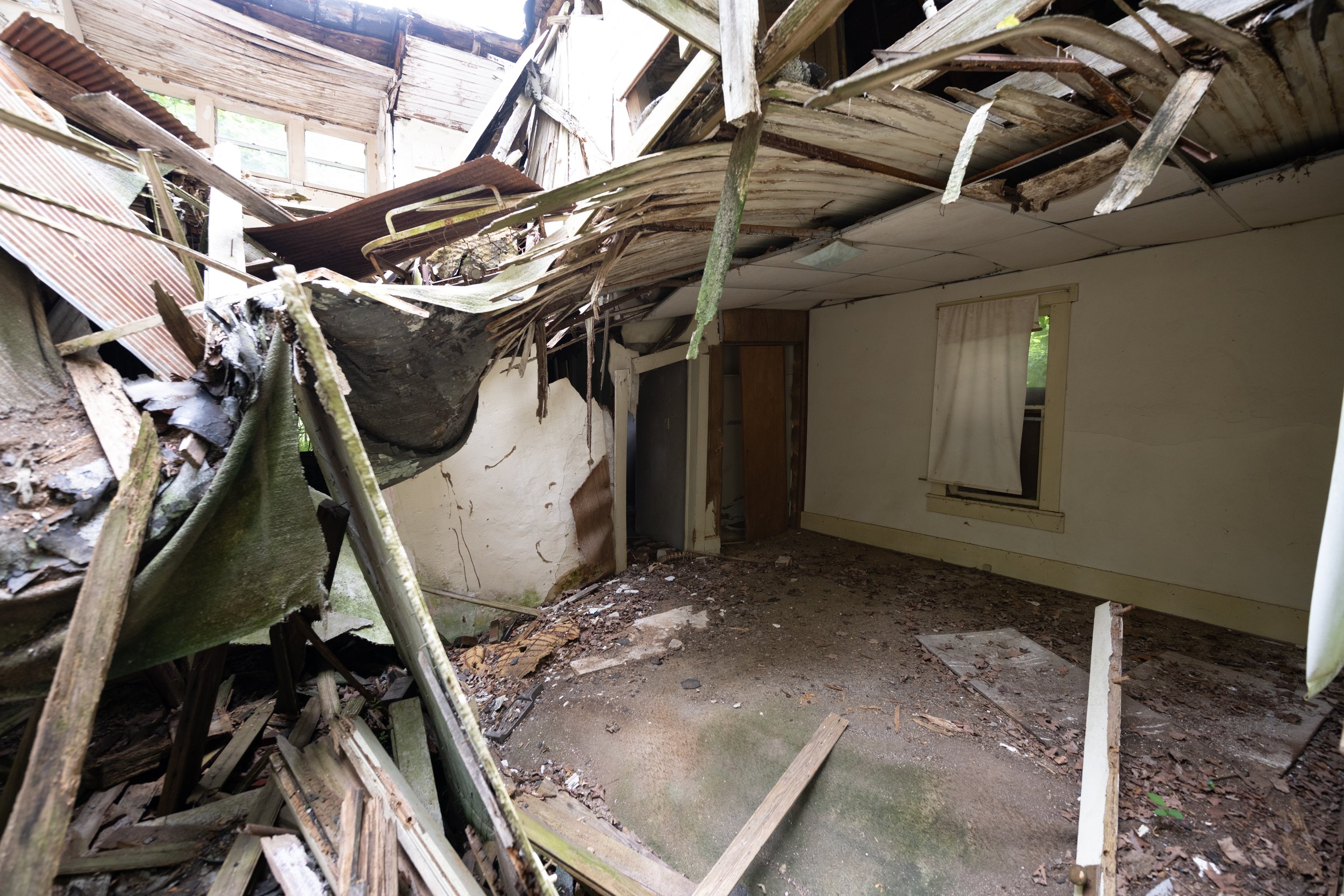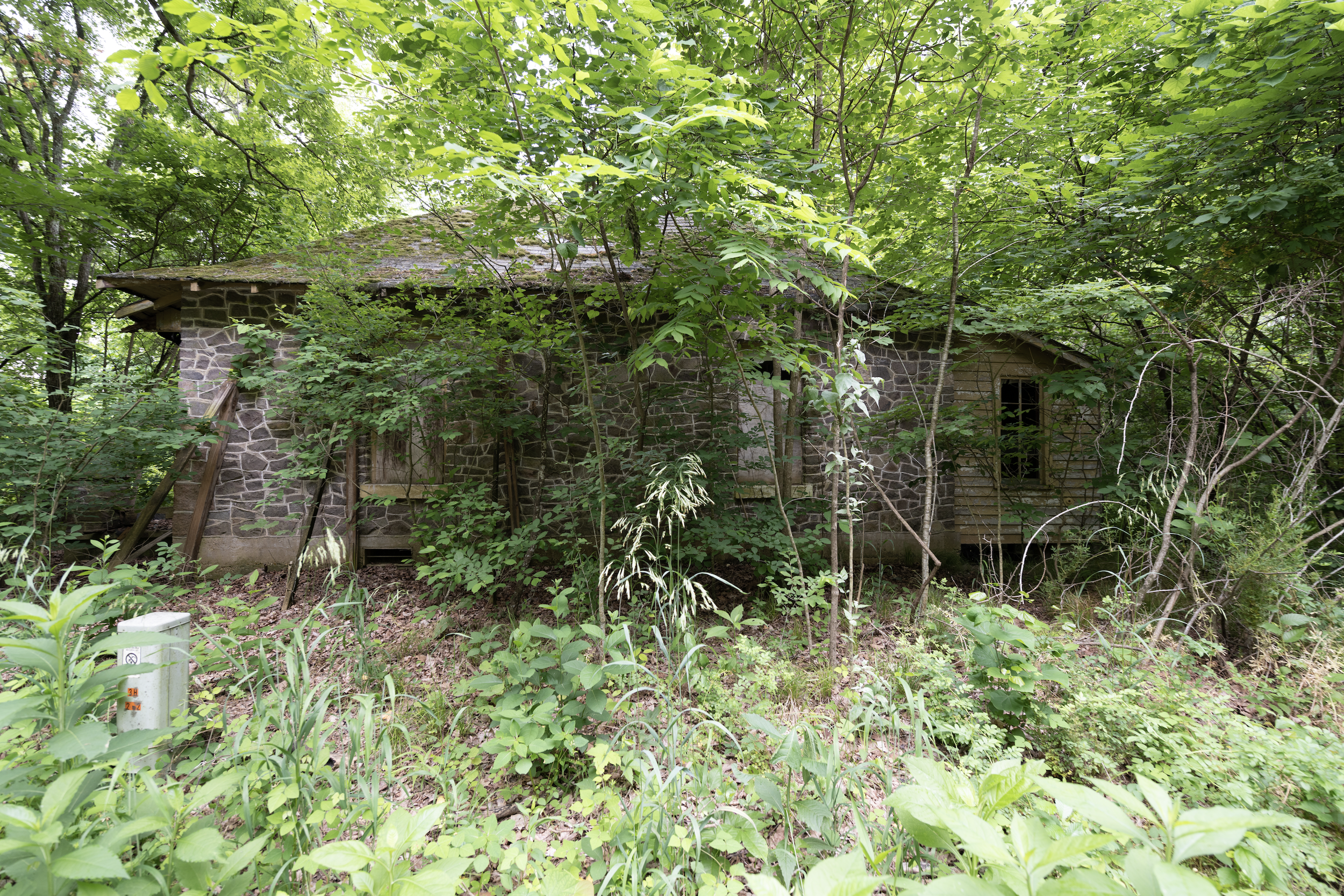Feral Houses
Drive across the middle of America and you might be tempted to say, “There is nothing here.” Try to look up something on your phone, and you will eventually say, “Just forget it; maybe we’ll run into something.” This something could be mid-grade gas. (Never mind finding a charging station if you drive an EV.) Mid-grade gas can be hard while scooching along the edge of roads leading to ferries that cross that Mississippi River to the heartland. Unless of course you want to burn more mid-grade fuel and drive an hour or so to find a bridge. Near a city.
I love rural America. What strikes my fancy are the abandoned and broken-down houses that dot the landscape. If you have never driven in rural American you may have noticed some abandoned, falling-down hous in the woods as you bike, run, or walk on trails, especially ones that parallel creeks or no-longer-used railroad tracks.
Here is a house that caught my eye built in the 1880s.
I am going to tell you a secret about these houses. The word secret takes the mind to mysteries and classified information and when combined with a house, a secret involves relationships. A feral house reeks of a broken relationship somewhere in its cracking past. In Zagreb, Croatia there is a Museum of Broken Relationships.
Exhibits in the Museum of Broken Relationships include personal objects left over from former lovers, accompanied by brief descriptions. The “museum” began as a traveling collection of donated items. Since then, it has found a permanent location in Zagreb. It received the Kenneth Hudson Award for Europe’s most innovative museum in 2011.
It is conceivable to treat a colony of deserted houses as museum quality where stories of loss and betrayal and abandonment can be gathered and displayed. But the secret I have in mind when it comes to broken-down, deserted, and left houses is something entirely different.
The secret of the house in the picture, and others like it, is this: they are feral houses. Their closet kin are feral cats. Both are on the wild side, but in a good sort of way. The cat is free roaming and the house? It is free roaming on America’s landscape.
Feral houses were once socialized for people. On birthdays, a family entertained friend. They mingled with neighbors on Sundays in these houses. Most of us know this. Houses are places where we are welcomed and fed. Even cats know this.
Feral cats “hiss;” feral houses creak, “Come in. The door is open.”
Feral houses moan, “Bye.” The swing in the door even sounds like, “Thank you for coming over.” The door catches the gravel making sounds that resemble something familiar. If bird called Bob White can say “bob white” in a clear-as-day whistle, then a deranged door can say bye and thank you.
I love how bees have landscaped feral houses with flowers.
I think there is another reason why the landscaping at feral houses is so magnificent. The feral house abides by water. Feral houses don’t have to be near a creek, but they often are. The first family that lived in feral houses, which would have been families from the late nineteenth or early twentieth century, needed water nearby.
There was no electricity for a while in rural America. Eventually the Rural Electrification Administration was established. By the end of 1939, the number of farms receiving electric service had more than doubled, which meant about 25 percent of all farms in the United States were receiving electric service. So, if you were one of the other 75% of Americans living in rural America, you (you are the 15-year-old who has been anointed with the bucket chore) hauled water. Does the story of the electrification of America hold any lesson for the future of electric vehicles? I don’t know, but after I read this, I got to thinking.
I came up with a thought experiment. The Rural Electric Administration [REA] gets reinvented as the Rural Electric Vehicle Administration but with the same organization, logic, and speed of the REA. Thus: if you live in rural America today and are fifteen years old and happen to be part of the 95% that won’t be driving an electric vehicle when you turn sweet sixteen, then when you are 84 years old there will not yet be a charging station for you in your neck of the woods.
Cheer up! Hope, as Emily Dickinson says, is a thing with feathers. So, hope is in the air and flying all around. There is proof, if you look inside the feral house: Those folks left us a lightbulb. Modernization eventually did happen. According to the records, this house was electrified in 1946.
Never mind all that. The feral house is free and wild. It is blessed with hundreds of flowers. Some say these flowers are weeds. I say Queen Anne’s Lace is on the rise. Its seeds were brought to North America with the colonists as a medicinal plant and has been used for centuries as a contraceptive - learn more.
Where there are flowers, there are bugs.
Besides having bugs, feral houses will probably be dirty or disheveled.
Feral houses are close to nature, and it goes without saying, nature calls those who once lived in them. Usually, the call of nature was from the back of the house.
Out the back is the creek. (I am not going to write about the outhouse.)
Creeks and turtles get along nicely.
Snakes too.
Time to get back on the trail. A bit too much “kundalini” even for a yogi posing by ye old feral house.
There is a lot of energy inside a feral house.
A feral cat was probably once upon a time a stray cat. The stray cat was once a pet cat, until it was either lost or was abandoned by its owner.
A feral house was once upon a time a rough but livable house. Things like the electrical wiring or the furnace had strayed from domestic standards. People either lost interest in the house or the house went wild. Maybe they couldn’t get the internet. Or a cell phone.
Everything but the curtain gets lost. Some respectability for the owner’s privacy, therefore, has never ever been abandoned.
Hope and dignity are my reasons why I love feral houses.
Feral cats are more likely to be nocturnal.
So too feral houses. They are places that exists only in moonlight says the sign in Edinburgh, Scotland. Home of modern rhetoric, by the way.
The House of My Sojourn: Rhetoric Women and the Question of Authority is a book I wrote to tell the story of life, as a woman, in the house of rhetoric that democracy built. The house of rhetoric is not yet a feral house; it could be, maybe. In writing a book, I wanted to give the art that has given so much to all of us a bit of the loving care and attention democratic deliberation deserves.
This house is coming awake. It might howl for its colony across rural America, even if it does have an ear tip (if neutered) that resembles a weathervane.
You could say the weathervane begs for Zeus who wields the lightning bolt.
But feral houses thrill Juno, the wife of Zeus, who drives around in a chariot pulled by peacocks. Peacocks like to land on rooftops.
From a feral cat to a feral house to peacock rhetoric: it is not that far off the main road. Seriously. Read some poetry written by a guy born in Missouri in 1888. His name is T. S. Eliot, and he thought about cats.
